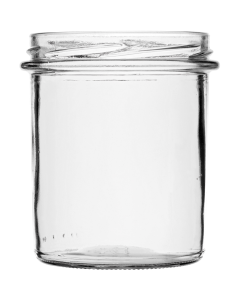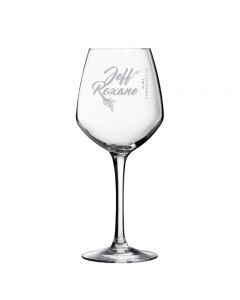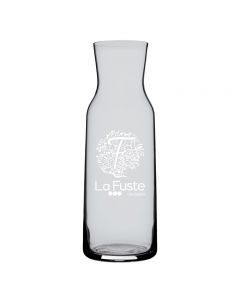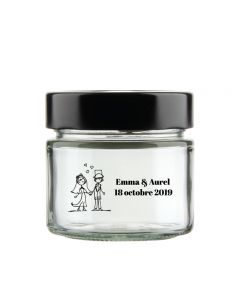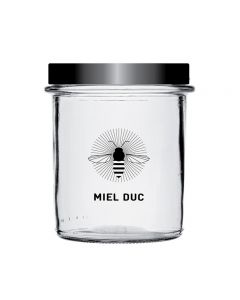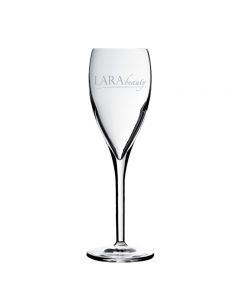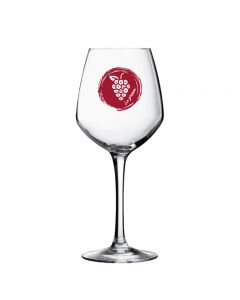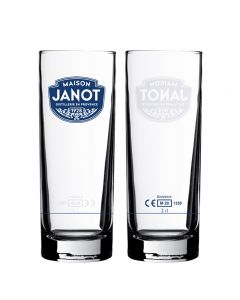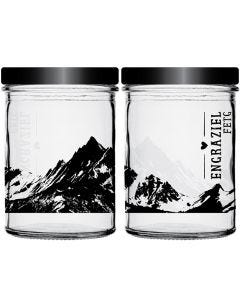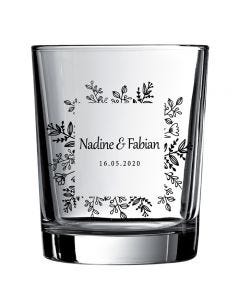How about a 100% homemade chocolate spread in preserving jars? After fasting and especially during the Easter period we are always happy to enjoy chocolate. We would like to show you a recipe of a homemade spread, which will surely charm your mouth.


The recipe for a chocolate spread in glass preserving jars
Ingrédients
- 300 g dessert chocolate
- 185 g organic hazelnut powder
- 255 g milk concentrate
- 4 1/2 soup spoon icing sugar
- 15 cl milk
- 100 g butter
- Glass jars
Procedure:
- Melt the dark chocolate in a water bath with the condensed milk while stirring well.
- Without giving up stirring, after melting, add milk, butter and icing sugar.
- Add the hazelnut powder.
- Remove from the heat and stir to a smooth mixture
- Fill the whole thing into the preserving jars and let it cool down.
- The spread can be enjoyed over the next few days and should be kept in the refrigerator.


Why homemade spread is healthier
We can never repeat it enough, that homemade products are much better than prefabricated products. Cooking should be a pleasure, which allows us to escape the daily stress and cooking helps above all that we know what we are eating! Unfortunately, industrial spreads today still contain a lot of palm oil. This not only causes health problems, but its decomposition also places a very heavy burden on the environment.
What is palm oil?
Fats are essential for the proper functioning of our body, because they contribute to the building of the brain, the repair of cells, the transport of vitamins.
Palm oil is a mixture of several saturated, monounsaturated and polyunsaturated fatty acids. Before palm oil becomes edible, it is refined. During refining it becomes clear, odorless and loses all vitamins.
Health problems
It is the saturated fatty acids, which are very strongly present in palm oil, that increase the health risks. Palm oil can therefore be responsible for cardiovascular diseases, cholesterol and diabetes. Of course, other foods are also composed of saturated fats, but palm oil is the only one that is present everywhere in our diet.
Palm oil is omnipresent in your cereals, desserts, soups, sauces, ice cream and even in organic or dietary products, herbs, sweets and even raisins!
Tip: Read the labels of each product carefully, palm oil is often behind the name "vegetable fats" and prefer the same product without palm oil.
Environmental damage
Very cheap, well preserved and tasteless, palm oil has replaced other fats. Problem: This wonderful oil is partly responsible for climate change.
When we talk about climate change, we think of pollution from waste treatment plants and transport. But we forget that almost 13% of the pollution responsible for climate change is due to the felling and burning of trees. The main reason? Large industrial companies. The worst exploitation? Palm oil plantations, which have devastated 80% of Indonesia's rainforest. The condemnation of trees by burning makes the country one of the most environmentally harmful countries in the world.

